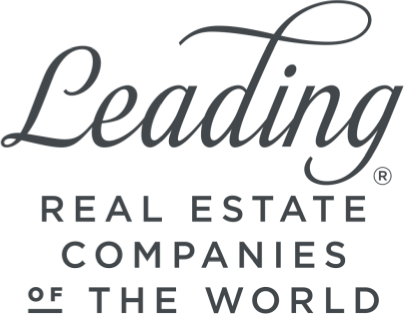Allston-Brighton
In its early days, Allston-Brighton was known as Little Cambridge and was part of the larger town of Cambridge located directly across the Charles River. During the Revolutionary War, a cattle yard was founded to supply food to the Continental Army headquartered in nearby Harvard Square. After the war, a proliferation of stockyards were established followed in the 1820’s by a large number of nurseries establishing village as a major horticultural center. The town’s relationship with Cambridge eventually frayed after the Cambridge town council refused to repair a key bridge over the Charles River linking the two communities. In 1807 the residents of Little Cambridge petitioned the legislature to separate from Cambridge and the town of Brighton was established.
Independence led to many changes within the town. In 1834 the construction of the Boston & Worcester Railroad through the village fundamentally changed its focus from Cambridge to the fast-growing city of Boston to the east. Simultaneously, by the mid-1800’s residential development began to boom. Many of the town’s stock yards were consolidated while farms and large country estates began to give way to apartments and commercial ventures. In the 1870 and 80’s electric streetcar lines were constructed making the area one of America’s first streetcar suburbs further cementing its ties to Boston. In 1874 town leaders agreed to be annexed to Boston and while the town lost it’s political independence it gained population and economic prosperity which continued well into the 20th century.
Today, Allston-Brighton is well served by the MBTA’s Green Line and commuter rail in addition to the Massachusetts Turnpike. The neighborhood also has strong connections to higher education and the student community. It’s home to Boston University, a portion of Boston College, the Harvard Business School, Harvard’s new Life Sciences Center plus virtually all the university’s athletic facilities – Harvard actually controls more land in Allston-Brighton than it does in Cambridge. The neighborhood also contains one of Boston’s most diverse housing stocks including a large collection of traditional Victorians, more modest single family homes, and 3-4 story ‘New York’ flat-style apartment buildings. Recently large high-rise apartments and condominiums have been built with all the modern amenities offering an increasingly appealing residential options.
Sorry we are experiencing system issues. Please try again.










